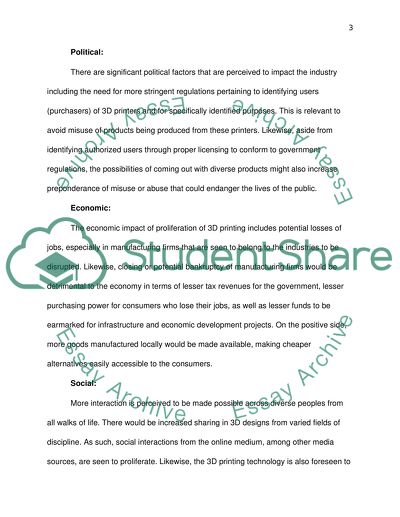Cite this document
(3D Printing Market Assignment Example | Topics and Well Written Essays - 2500 words, n.d.)
3D Printing Market Assignment Example | Topics and Well Written Essays - 2500 words. Retrieved from https://studentshare.org/marketing/1673182-international-business-strategy
3D Printing Market Assignment Example | Topics and Well Written Essays - 2500 words. Retrieved from https://studentshare.org/marketing/1673182-international-business-strategy
(3D Printing Market Assignment Example | Topics and Well Written Essays - 2500 Words)
3D Printing Market Assignment Example | Topics and Well Written Essays - 2500 Words. https://studentshare.org/marketing/1673182-international-business-strategy.
3D Printing Market Assignment Example | Topics and Well Written Essays - 2500 Words. https://studentshare.org/marketing/1673182-international-business-strategy.
“3D Printing Market Assignment Example | Topics and Well Written Essays - 2500 Words”, n.d. https://studentshare.org/marketing/1673182-international-business-strategy.


